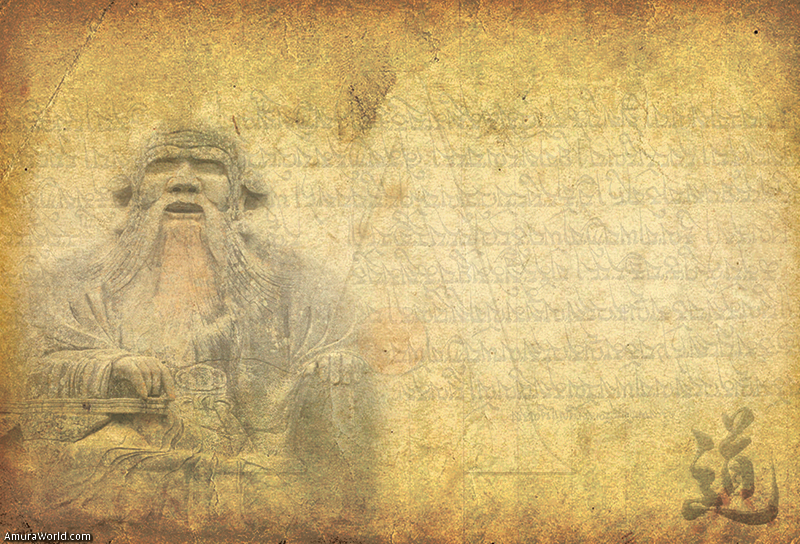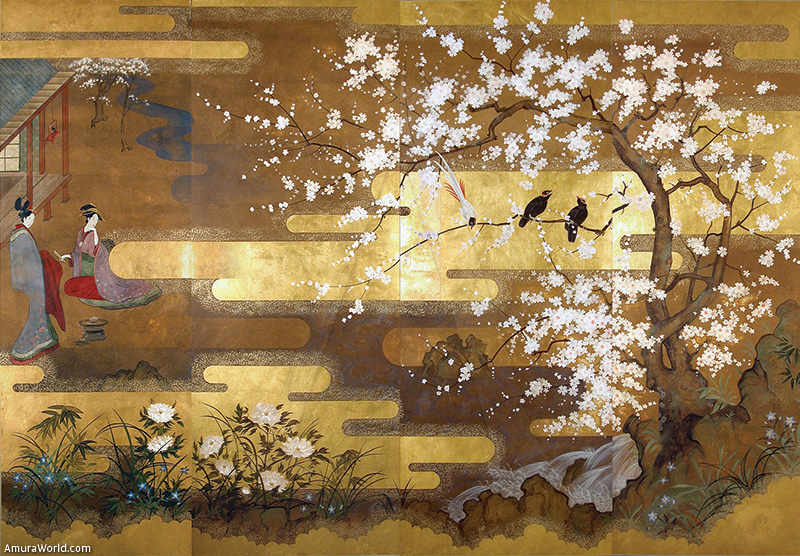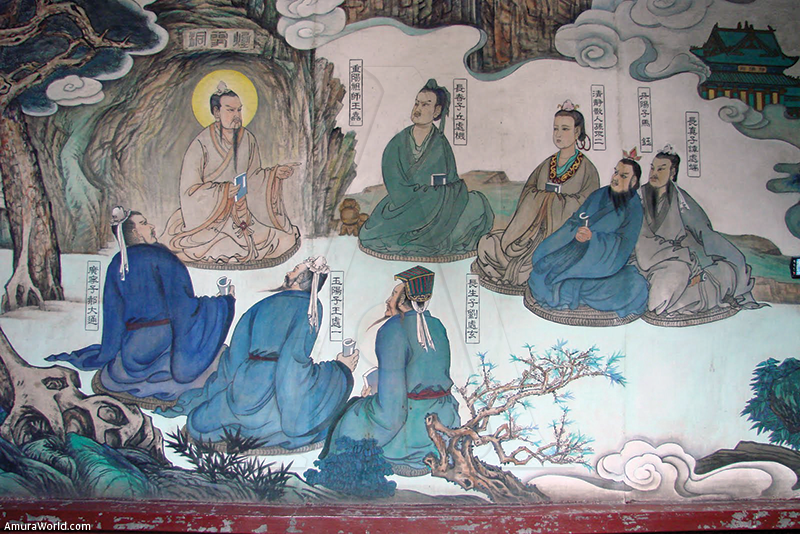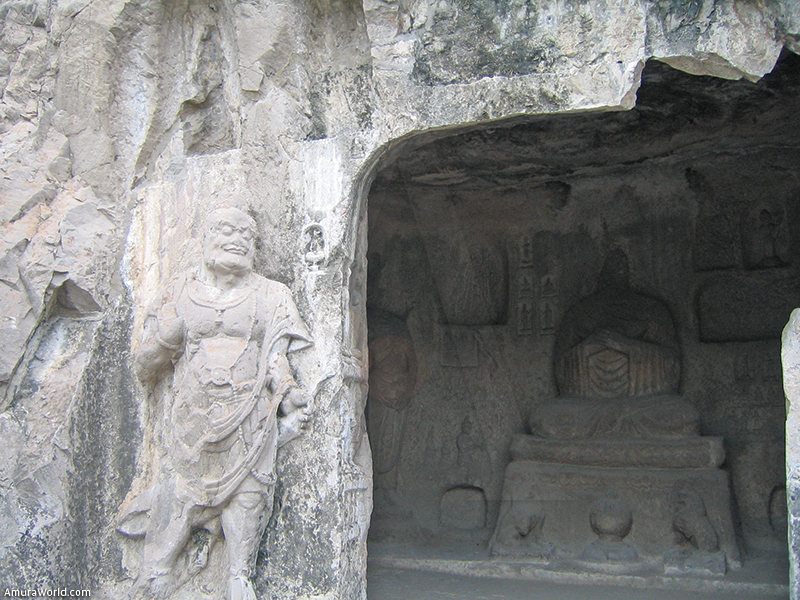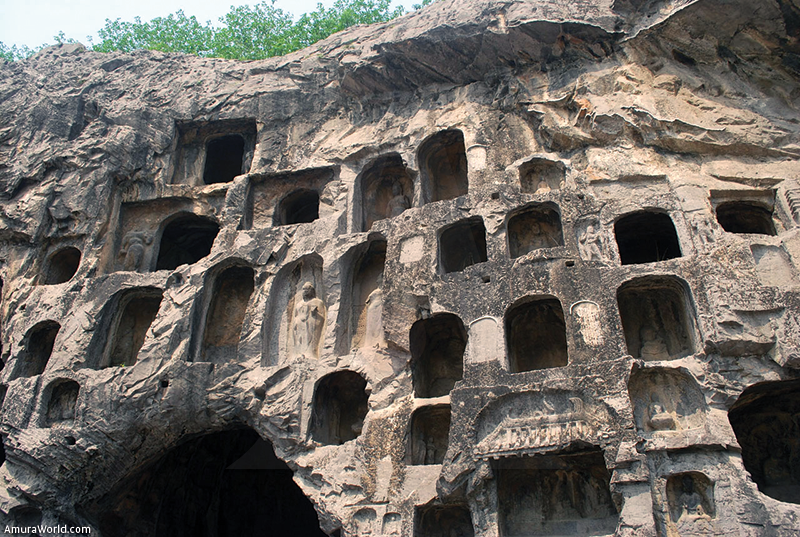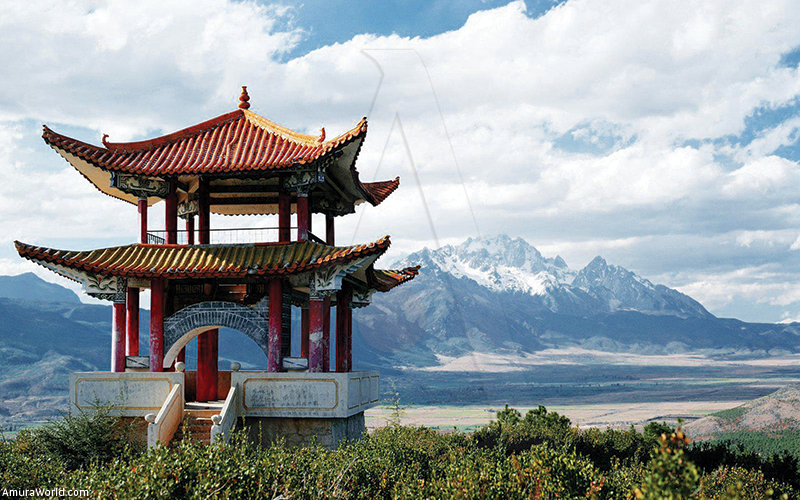The rise of Taoism
Within the turmoil going through China during 1050-256 BC, great changes happened by the deterioration of the Zhou Dynasty. These events stimulated the rise of diverse ideologies like Confucianism, Taoism and Ying Yang philosophies among others. It is said that during that time, “hundred of flowers opened and hundred schools of thought were established.” This was a major change in the concept of natural sciences, economics, mathematics and the arts. This evolution was the blueprint that transcended the centuries and continues today.
Old Master
Lao Tzu (“Old Master”), also known as Lao Tzu and Lao Tzu, originally was named Li Er. He was born in the state of Chu in southern China, the date is unknown. Some historians claim that he lived between 570 and 490 BC, during the IV and V centuries BC
Lao Tzu is credited with the authorship of the Tao Te Ching, Dao Te Jin or Tao Te King (Book of Life and Virtue). It contains his thoughts and teachings. Its impact on Chinese culture was enormous. As a great thinker, wise knowledgeable and skilled teacher, he deepened into human conscience with rhymes very easy to understand
Despite little verifiable information about his life, there is no doubt about the fact that Lao Tse was a genius thinker, spiritual and visionary who was able to transcend the surface of the human being and understand its essence.
The Story
Lao Tse grew up under the tutelage of his grandfather. His father abandoned his mother and him when he was a newborn. His mother died later of a difficult child birth. Among his features as a baby, he had very peculiar and prominent ears, which served as a frame to a singular face. He was a robust baby with fair skin. These characteristics always distinguished him. When was born, villagers gathered to welcome him into the world and took his ears with great philosophy, stating that they were a symbol of good luck. Another sign was the fact that the boy was born at the foot of a plum tree, which was planted by his ancestors and which had survived bad weather, storms and tempests, feeding generations.
Lao Tse’s grandfather was a junior officer in the state of Che (part of the province of Henan and Anhui). When he retired, he enjoyed a comfortable pension.
Additionally, the family had an orchard. They did not struggle for a living.
From a very early age and under the tutelage of his grandfather, the young man was acquiring the knowledge and love for reading. He felt a great respect for that wise man who forged him and who was a rich source of knowledge. His grandfather had great inclination towards teaching and opened for his grandson, horizons and teachings on many subjects, unafraid to explore the most diverse options such as harvesting, the flocks, the stars, fishing and people.
Lao Tse was always an attentive, sensitive and mature young man. He learned to distinguish between good and evil, and was admired by his friends for his gentle, modest and conciliatory character.
As an adult, Lao Tse was the curator for the members of the Zhou Dynasty, and upon leaving this commission, he began a journey without itinerary toward the West, which led him to be a great inspiration This inspiration allowed him to make a deep analysis of the human being, the spirit, human feelings, the body and its connection with harmony. From these components arise the harmony and peace that is perceived by those who manage to reach their deepest thoughts. These meditations are the foundation of Lao Tse’s Taoism.
Taoism
Beyond religion, Taoism is a mystical philosophy and a way of life. It is the proposal to embrace your inner self and get in touch with the fibers that make up the innermost of a human being. Taoism considers Tao as the deep foundation of everything, even assuming the existence of evil. This view is shared by the Kybalion, the nineteenth century document that summarizes the teachings of Hermes Trismegistus, the alchemist of Pharaonic Egypt.
The philosophy reflected in the pages of the Tao Te Ching represent the whole, and the treasure of those seeking Tao. The spiritual self-realization is one of the objectives sought in these teachings. Some of its precepts establish the following ideas:
- Tao is omnipotent, it is everywhere.
- Only those who are liberated from earthly passions can see and feel.
- Non personal exaltation.
- Wise people prefer inaction and keep silence.
- If you do not display passions, there will be no temptations.
- Matter is dispassionate of material things, of creatures and of anything existing in the earth and in heaven.
- He is above all the material that exists
- Heaven and earth are durable, were created by The Tao and they exist for him.
Lao Tse achieved self-realization by understanding that the Tao and his creation are one self and are sacred. He wrote that the primary goal is the not exaltation of human being, that silence is what makes people great, that Tao sees the essence, and not the exterior. The harmony between heart, mind and body enhances the spirituality of human being ... and he always led by example.
Eventually, Confucius, perhaps the most famous philosopher of ancient China, evolved under the guidance and wisdom of Lao Tse. “The wise man does not teach with words but with actions.”
Text: Acenet Pineda ± Photo: 2BO / WP CONTENTS / 2BP / DOMAIN / CRONICAS

